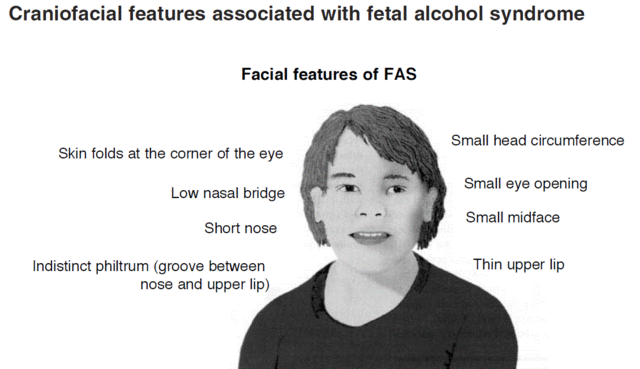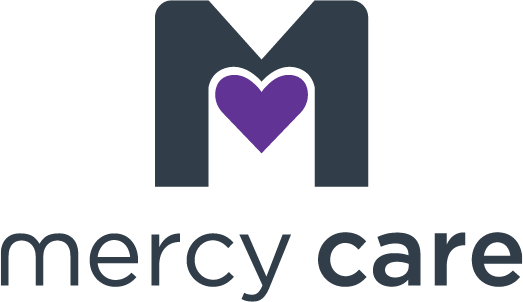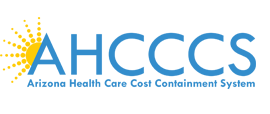
Fetal alcohol syndrome is a substance abuse-related risk that is detrimental to children from birth onward throughout their lives. When a child is exposed to alcohol in utero, a spectrum of negative outcomes becomes possible. Depending on a variety of factors, like the timing and amount of alcohol consumed by the mother, a child exposed to alcohol before birth (fetal alcohol exposure or FAE) may experience fetal alcohol syndrome (FAS) or the less easily identifiable fetal alcohol spectrum disorder (FASD).
FAE can cause a cascade of effects on an individual’s development which can set in motion a generational pattern of attachment disorders, cognitive deficits, behavioral problems, delinquency, substance abuse and mental illness. One study showed that, among people who experienced prenatal exposure to alcohol, there was a rate of one in three who suffered with drug and alcohol problems of their own later in life.
In cases of in-utero alcohol exposure, an individual may have difficulty with planning, logic, impulse control, and empathy due to neural damage. This compromised executive functioning of the brain puts the person at risk of substance abuse and unplanned pregnancies later in life. When a child’s brain experiences a consistent heightened level of stress (toxic stress), as would be the case with the chaotic lifestyle of the FASD parent, it interferes with the child’s ability to form healthy emotional bonds with others. These factors set the child up to repeat the parent’s pattern: lack of connectedness, low impulse control, and poor decision-making that leads to substance abuse and unplanned pregnancies in which the next generation experiences FAE.
Therefore, it is important to recognize and meet the special needs of children with FAE and FASD. Some effective interventions recommended by Dr. Kiti Freier and Jenae Holtz of the Desert/Mountain SELPA (Special Education Local Plan Area) Children's Center (California) include:
· Working with whomever the caregiver is at the moment to build a sense of bonding with the child. If the caregiver situation changes, the child can be assisted in transferring the connectedness.
· Use of time in, as opposed to time out, to manage difficult behaviors. When a caregiver stays connected through the tantrum, for example, they can model calming skills and self-control for the child.
· Maintain a daily routine to help the child know what to expect and more easily build trust.
· Use play as an opportunity to model empathy and positive behaviors and teach problem-solving and decision-making skills.
· Use of varying therapy models, including but not limited to Dyadic Therapy, Sensory-based Therapy, and Attachment-Attunement Therapy.
The fact that the brain-environment relationship is continually developing is cause for optimism. Freier and Holtz emphasize the importance of the belief that children who may be at risk are not doomed.

Sources:
Fast, D., & Conry, J. (2011, December 1). Understanding the Similarities and Differences between Fetal Alcohol Spectrum Disorder and Mental Health Disorders. Retrieved September 23, 2015, from http://www.justice.gc.ca/eng/rp-pr/csj-sjc/esc-cde/rr13_10/rr13_10.pdf
Fetal Alcohol Exposure and the Brain - Alcohol Alert No. 50. (2000, December 1). Retrieved September 22, 2015, from http://pubs.niaaa.nih.gov/publications/aa50.htm
Freier Randall, K. & Holtz, J. (2011, December). Drug Endangered Children Mental Health Treatment Considerations [Webinar]. In Drug Endangered Children Webinar Series. Retrieved from https://vimeo.com/28736759
Hankin, J. (n.d.). Fetal Alcohol Syndrome Prevention Research. Retrieved September 22, 2015, from http://pubs.niaaa.nih.gov/publications/arh26-1/58-65.htm
Intervention Strategies. (2015, January 28). Retrieved September 22, 2015, from http://www.cdc.gov/ncbddd/fasd/research-intervention.html
Page, K. (2002). The Invisible Havoc of Prenatal Alcohol Damage. Retrieved September 22, 2015, from http://fasdcalifornia.org/invisible_havoc_of-prenatal_alcohol_exposure…
Rasmussen, C., Andrew, G., Zwaigenbaum, L., & Tough, S. (2008, March 1). Neurobehavioural outcomes of children with fetal alcohol spectrum disorders: A Canadian perspective. Retrieved September 22, 2015.













